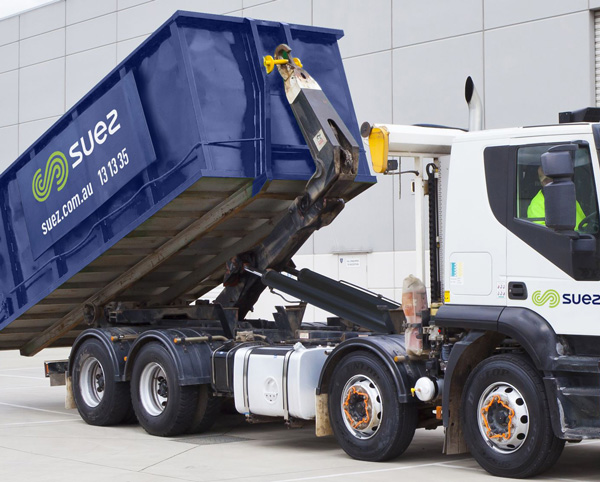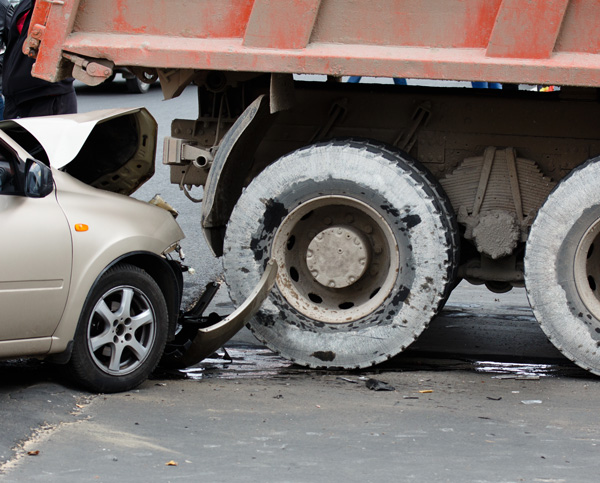Bus accidents can cause serious injuries and fatalities, but it is proven that when seatbelts are worn, injuries are minimised, and lives are saved.
However, when transporting the public, or a commercial workforce on or to site, it can be difficult for the driver to check on passengers, and ensure that everyone is seated and safely buckled in. The driver should instead be free to focus on the operation of the vehicle, and on driving from Location A to B.
The MAX-SAFE Seatbelt Warning System™ takes care of the problem for the driver by constantly monitoring passengers to ensure that they are seated securely. The system gives the driver configurable visual and audible alerts to notify them only when there is a problem.




